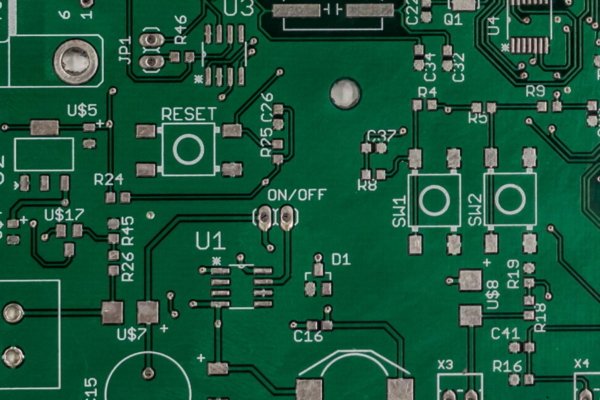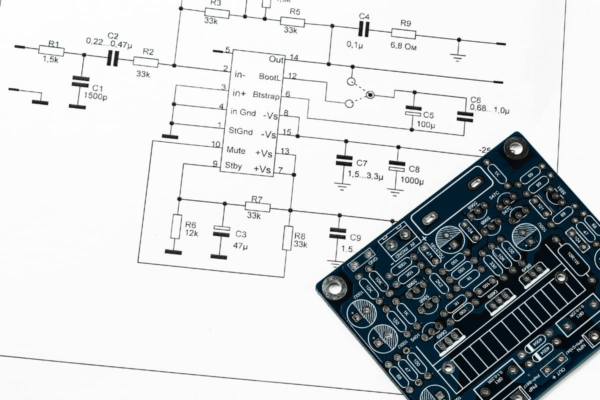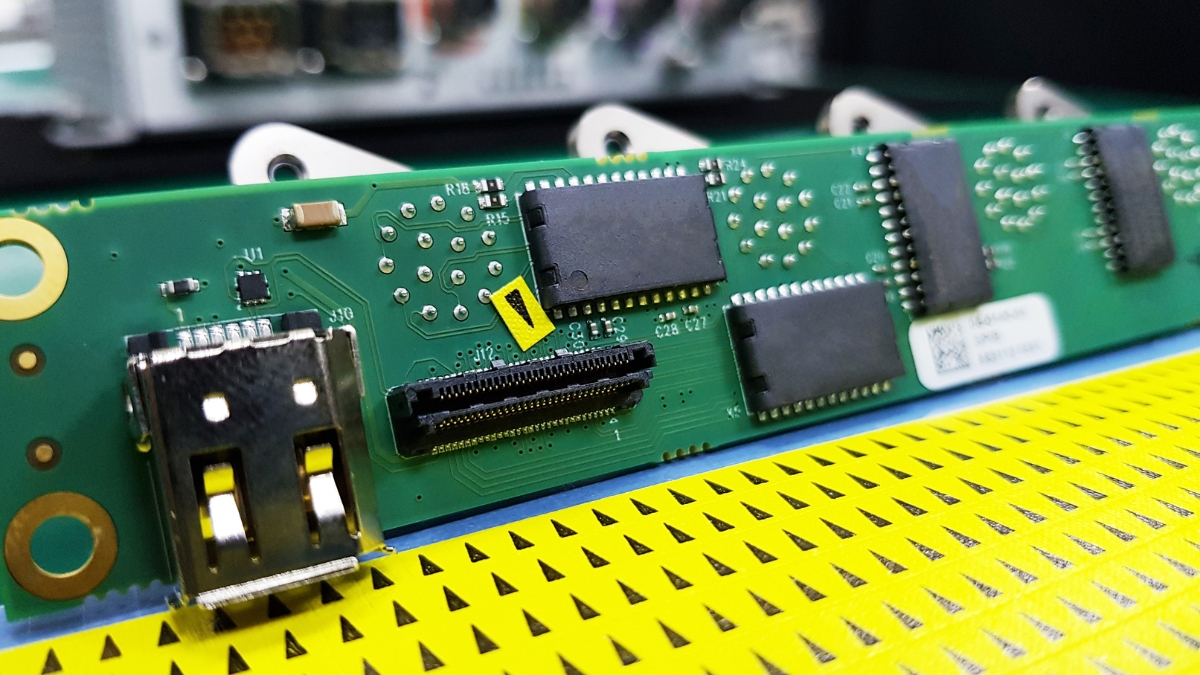What is Cross Hatching
Cross hatching, also known as cross hatch, is a technique to create a specific pattern on copper planes within a PCB. This pattern consists of a crosshatch design, similar to a latticework in a screen door. The primary application of cross-hatching is in flex- and rigid-flex PCB implementations.
Cross-hatching serves multiple purposes. One of the main benefits is providing structural support. By creating a crosshatch ground pattern, the overall flexibility of the board is enhanced. The amount of flexibility gained is directly related to the percentage of copper removed. A higher percentage of copper removal results in a noticeable improvement in flexibility.
The process of creating a cross-hatched plane involves filling the designated region with regularly spaced lines, similar to traces plotted in signal layers. These lines are then connected at the ends to form the crosshatch pattern. To ensure proper connections, a thin border trace is added around the cross-hatched area, serving as a connection point for power or ground connections.
Cross-hatching has a historical significance in the PCB industry, particularly in rigid boards. In the past, when multilayer PCB fabrication was in its early stages, the final step of inner layer processing involved roughening the copper surfaces to enhance bonding between the resin used for lamination and the copper. This was necessary because smooth copper surfaces resulting from the DES process (develop, etch, and strip) were not ideal for bonding. Delamination issues between the laminate and solid copper planes, as well as loose component mounting pads, were common problems.





